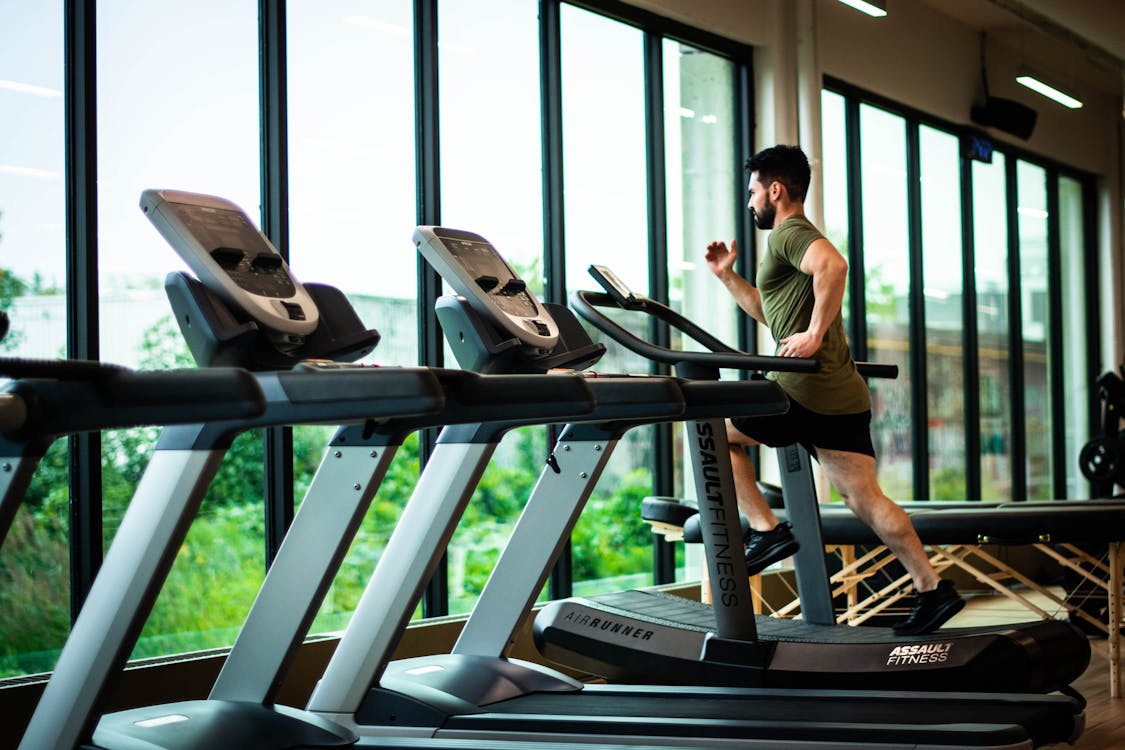Diastolic blood pressure is an important health parameter that represents the pressure in your blood vessels when your heart rests between beats. High diastolic blood pressure, also known as hypertension, is a major risk factor for many chronic diseases such as stroke, heart disease, and kidney disease. Fortunately, exercise is a proven method to lower diastolic blood pressure and improve overall cardiovascular health. In this article, we will explore different types of exercises that have shown effectiveness in reducing diastolic blood pressure. By incorporating these exercises into your daily routine, you can help lower your risk of developing chronic diseases and improve your overall well-being.
Effective Exercises to Lower Diastolic Blood Pressure
High blood pressure is a common problem these days. It is not unusual for someone to have high blood pressure. The modern lifestyle has become so hectic that it has an adverse effect on both our physical and mental health. One of the most commonly used methods for lowering blood pressure is to exercise. Exercises can significantly help in lowering blood pressure. In this article, we will discuss some of the most effective exercises to lower diastolic blood pressure, along with some relevant details.
What is Diastolic Blood Pressure?
Before we start talking about exercises to lower diastolic blood pressure, we must first understand what diastolic blood pressure is. Diastolic blood pressure (DBP) is the bottom number that you see on a blood pressure reading. It is the force exerted by your heart when it is in a relaxed state, meaning it is not pumping blood, and the pressure in your arteries has dropped. A healthy diastolic blood pressure reading is usually below 80 mm Hg.
Exercise to Lower Diastolic Blood Pressure: Aerobic Activity
Aerobic activity can be used as an effective measure to lower diastolic blood pressure, along with other benefits of physical activity. Aerobic exercise is any activity that gets your heart pumping and your lungs working. It is recommended that adults engage in 150 minutes of moderate-intensity aerobic activity, such as brisk walking, cycling, or swimming, or 75 minutes of vigorous-intensity activity, such as running or biking, each week to reap the cardiovascular benefits.
Cardiovascular Exercise
Some cardiovascular exercise options that can be used to lower diastolic blood pressure include brisk walking, jogging, cycling, swimming, rowing, and jumping rope. These activities strengthen the heart and cardiovascular system and improve blood flow throughout the body. Aerobic activity’s effect on blood pressure is attributed to its ability to increase the size and flexibility of blood vessels, decrease the resistance of blood flow, and reduce arterial stiffness.
Strength Training
Strength training or resistance exercise is another form of exercise that can help lower diastolic blood pressure. Strength training is any form of exercise that involves resistance against muscle contraction. It can be done using weights, resistance bands, bodyweight exercises or using other equipment.
Strength training helps decrease resting blood pressure by reducing the resistance of blood flow and making the blood vessels more flexible. The effects of strength training on blood pressure were analyzed in a 2011 meta-analysis that concluded that the practice of resistance exercise can significantly lower diastolic blood pressure in adults with hypertension.
Stretching Exercises
Stretching exercises are also an excellent addition to an exercise routine for lowering diastolic blood pressure. These exercises help reduce the stiffness in the arteries and increase blood flow. Stretching can also help reduce tension and stress in the muscles, promoting relaxation, and reducing blood pressure levels.
In conclusion, regular exercise can have a significant impact on reducing diastolic blood pressure. Any form of aerobic activity, cardiovascular exercises, strength training, and stretching can be used to achieve this outcome. However, it is important to ensure that you are practicing safe exercise techniques, as overexertion could result in injury. Therefore, it is recommended to seek advice from a medical professional to determine the most suitable form of exercise for your circumstances. Consultation with a doctor or a physical trainer before starting a new exercise regimen is essential for people with high blood pressure. Other factors that can affect blood pressure such as dietary choices, stress levels, and lifestyle changes should also be considered as part of an overall wellness strategy.

